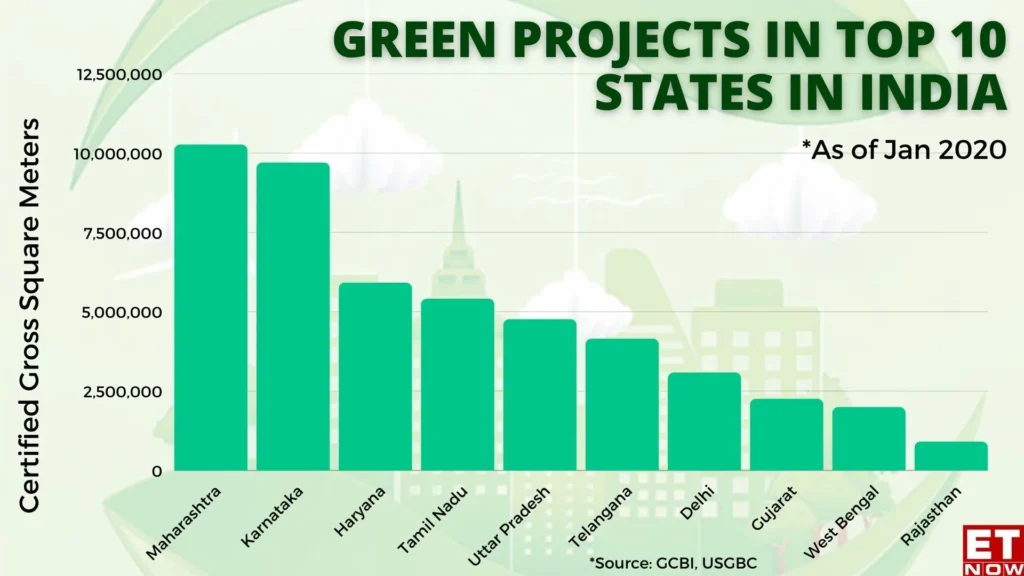India has embraced sustainable finance to mitigate climate change and promote green initiatives. From investments in renewable energy to government-backed green bonds, the financial landscape is evolving to align with environmental goals.
Key Trends in India
- Green Bonds: The Indian government issued its first sovereign green bonds in 2023, funding renewable energy and eco-friendly projects.
- Renewable Energy Investments: India aims to achieve 500 GW of renewable energy capacity by 2030.
- Sustainable Banking: Banks like SBI and HDFC are prioritizing green loans and ESG-aligned strategies.
Expert Opinion
Dr. Rajeev Mishra, a climate economist, says: “India’s transition to sustainable finance is critical to achieving net-zero emissions. It provides economic opportunities while preserving the environment.”
Action Steps for Individuals
- Invest in Green Mutual Funds: Opt for funds focused on renewable energy and sustainability.
- Support Eco-Friendly Companies: Choose brands with strong ESG compliance.
- Adopt Green Practices: Use energy-efficient appliances and renewable energy options.
India’s renewable energy progress showcases remarkable state-wise initiatives. Karnataka leads in renewable capacity, driven by wind and solar power. Gujarat is pioneering in solar energy with expansive solar parks, while Tamil Nadu excels in wind energy production. Rajasthan boasts significant solar projects due to its arid climate, and Maharashtra balances wind, solar, and biomass utilization. States like Andhra Pradesh and Telangana are emerging as renewable hubs. India aims for 500 GW renewable capacity by 2030, with state-level initiatives playing a pivotal role in meeting this ambitious target.
India’s State-Wise Renewable Energy Progress (2024)
| State | Primary Renewable Sources | Capacity (GW) | Notable Initiatives |
|---|---|---|---|
| Karnataka | Wind, Solar | 15.92 | Solar farms in Pavagada; significant wind projects. |
| Gujarat | Solar, Wind | 14.85 | Expansive solar parks in Charanka; rooftop solar growth. |
| Tamil Nadu | Wind | 15.84 | Leading wind energy producer; large-scale wind farms. |
| Rajasthan | Solar | 16.05 | Home to Bhadla Solar Park, one of the largest in the world. |
| Maharashtra | Solar, Wind, Biomass | 10.97 | Balanced renewable mix; biomass initiatives. |
| Andhra Pradesh | Wind, Solar | 10.95 | Accelerating solar installations in rural areas. |
| Telangana | Solar | 4.36 | Promoting solar energy adoption in urban areas. |
| Madhya Pradesh | Solar, Biomass | 6.14 | Development of Rewa Ultra Mega Solar Power Project. |
Key Goals:
India is targeting 500 GW renewable energy capacity by 2030, focusing on solar, wind, and hybrid energy systems.
FAQs
1. What are green bonds in India?
Green bonds fund eco-friendly projects like solar farms and wind energy setups.
2. Which are the top green companies in India?
Tata Power, Suzlon Energy, and NTPC are leaders in renewable energy.
3. How does ESG benefit investors?
ESG investments lower risk and align portfolios with ethical and sustainable goals.
Sources
- India’s Green Bonds Initiative
- Ministry of New and Renewable Energy
- SEBI Guidelines on ESG Investing
Would you like insights on India’s state-wise renewable energy progress?
